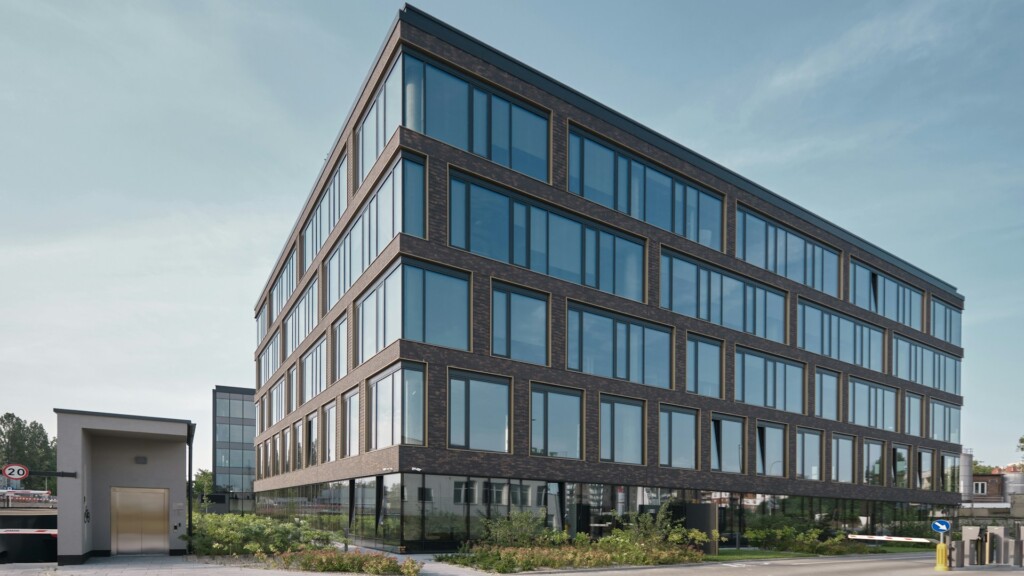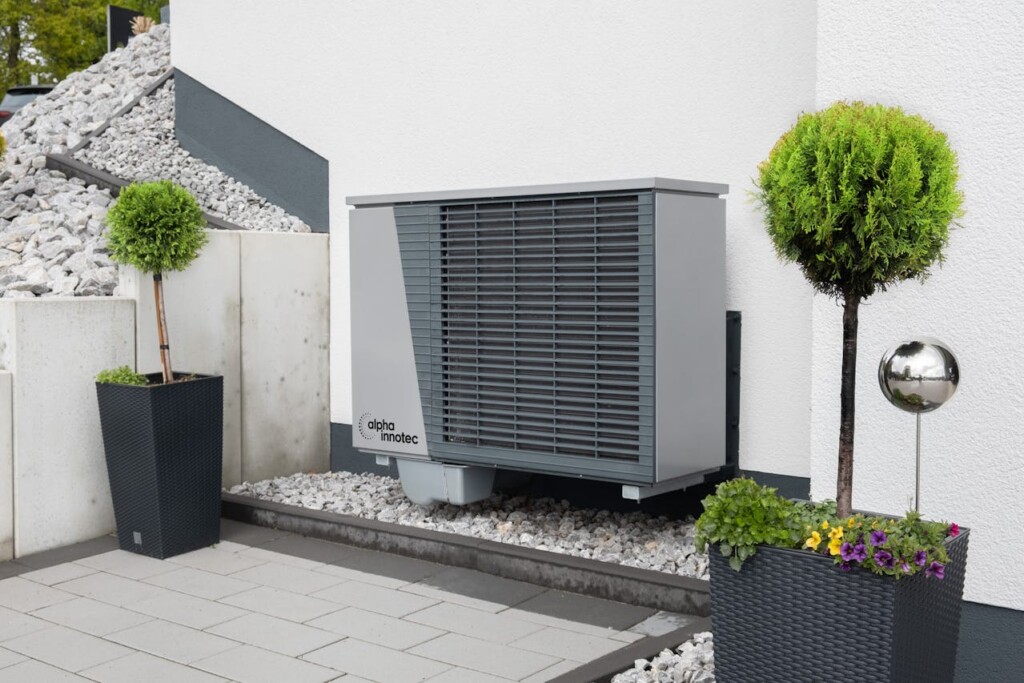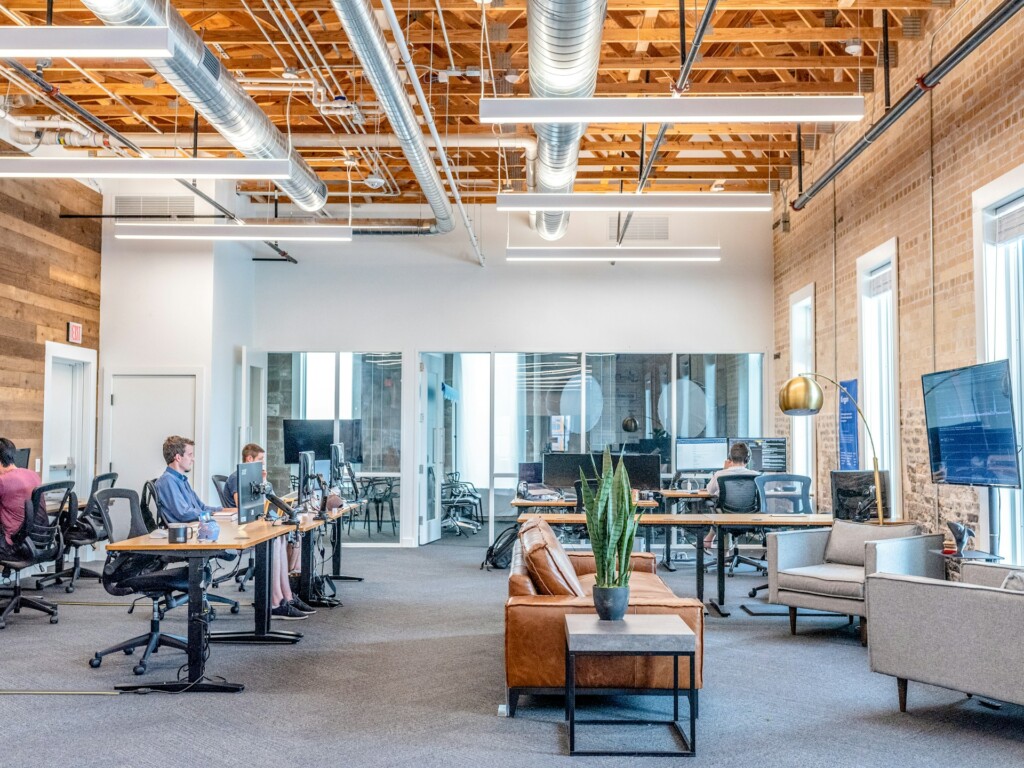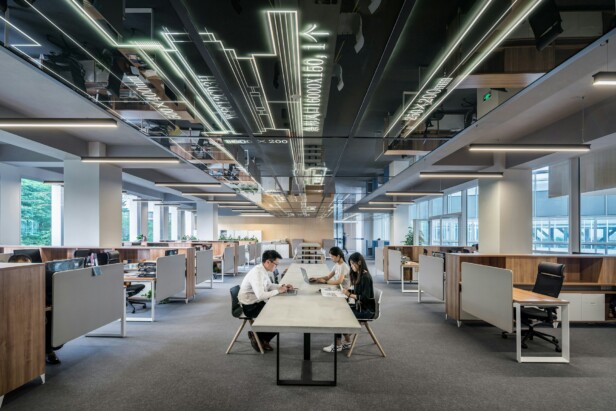New office building construction has shifted dramatically from the generic glass boxes of decades past. Developers across major markets are gravitating toward amenity-rich designs that serve as talent magnets rather than mere workspace containers. These projects feature wellness centers, rooftop terraces, advanced technology integration, and carefully curated environments that reflect corporate culture and values.
From LEED-certified towers rising over active rail yards in Manhattan to mass timber office buildings pioneering sustainable construction methods, today’s office developments represent a fundamental reimagining of commercial space. Mixed-use projects now dominate urban planning conversations, while adaptive reuse initiatives transform aging structures into modern headquarters that balance heritage preservation with contemporary performance standards.
Which Project Categories And Materials Are Shaping New Office Building Construction?

Construction teams organize current office projects into distinct categories that reflect how the market has evolved. Amenity-rich office projects lead submissions, incorporating everything from fitness centers and rooftop terraces to conference spaces designed for both tenant and community use. LEED-certified office developments follow closely, with eight recent projects targeting or achieving certification through strategic material selection and energy systems.
Mass timber office construction represents an emerging category with two highlighted projects demonstrating the material’s viability for corporate headquarters. The Cleveland Foundation’s 55,000-square-foot building targets LEED Platinum status while featuring warm wood and glass facades. Meanwhile, San Francisco’s Southline Campus switched from steel to mass timber mid-design, reducing costs and construction time by eliminating interior finishes like drywall and dropped ceilings.
Mixed-use office developments blend premium workspace with retail and residential components on single parcels. These projects stack programming vertically, creating integrated environments where office floors benefit from ground-level activation and residential amenities. Adaptive reuse projects transform existing structures for modern office use, while office-to-residential conversions rework outdated commercial buildings into residential units. Both approaches demonstrate how we handle existing building stock alongside ground-up construction, requiring careful structural evaluation and creative mechanical system integration.
In-progress headquarters and additional recent completions round out the categories, showing sustained demand for custom corporate facilities. These projects often incorporate specialized amenities and branding elements that reflect company culture while meeting modern workplace standards. The variety of project types indicates that office construction adapts to diverse market needs rather than following a single development model.
How Are Structure, Foundation, And Envelope Engineered On Dense Urban Office Sites?
Foundation Systems For Urban High-Rise Construction
Deep caissons anchor modern office towers to bedrock through layers of unstable urban soil. We drive these large-diameter concrete cylinders through soft clay, fill, and debris until they reach solid rock formations. The Willis Tower exemplifies this approach, with caissons extending over 100 feet into Chicago’s bedrock to support its massive weight.
Mat foundations distribute tower loads across wider areas when bedrock lies too deep for practical caisson installation. We pour reinforced concrete slabs several feet thick that spread structural forces evenly. This system works particularly well where soil conditions vary across the site footprint.
Slurry walls contain excavations on tight urban parcels where traditional shoring would encroach on adjacent properties. We construct these reinforced concrete barriers using bentonite slurry to maintain trench stability during construction. Rock anchors provide additional lateral support by drilling into stable bedrock and tensioning steel tendons.
Structural Framing And Lateral Systems
Hybrid steel-concrete cores provide the backbone for tall office buildings in dense urban settings. We build reinforced concrete elevator and stair shafts surrounded by steel framing that supports floor plates and facade systems. This combination delivers the stiffness needed for wind and seismic resistance while allowing flexible floor layouts.
Composite steel decking with poured concrete slabs creates efficient floor systems for open office plans. The steel deck serves as both formwork during construction and tensile reinforcement in the finished slab. We coordinate mechanical and electrical penetrations during the pour to avoid costly drilling later.
Perimeter bracing systems handle lateral forces through strategic placement of diagonal steel members or shear walls. We position these elements to minimize interference with glazing while maintaining structural integrity. The system transfers wind loads from the building envelope back to the core through floor diaphragms.
Building Envelope And Enclosure Systems
Unitized curtain walls accelerate enclosure installation while improving thermal and acoustic performance. We pre-assemble these large glazed panels in controlled factory conditions, then crane them directly into position. This approach reduces weather delays and delivers superior air and water sealing compared to stick-built systems.
The envelope typically combines aluminum framing with vision and spandrel glass infills, though we incorporate other materials like composite panels or engineered stone as design requires. All wind and gravity loads transfer directly to the building structure through connection points at each floor level.
Mechanical floors consolidate HVAC equipment and distribution systems on dedicated levels within the tower. We coordinate these spaces early in design to accommodate large equipment moves and provide adequate structural support. Building management systems integrate lighting, HVAC, and security controls to optimize energy performance throughout operations.
Specialized Construction Over Active Infrastructure
Rail yard platforms require hundreds of caissons, transfer girders, and precast concrete planks to isolate building vibrations from active trains below. We design these complex structural systems to carry tower loads while allowing continued rail operations. Vibration monitoring ensures our construction activities don’t disrupt service.
Just-in-time logistics become critical on constrained urban sites where material storage is impossible. We coordinate deliveries with tower crane availability and floor construction sequences. This approach minimizes street disruption while maintaining construction productivity.
Site safety planning integrates dust suppression, vibration monitoring, and phased logistics from demolition through building completion. We implement comprehensive protocols that protect workers, adjacent buildings, and public access throughout the construction process.
What Sustainability And Building Systems Strategies Are Common In New Office Builds?

LEED certification drives many sustainability decisions across office construction projects. We see teams pursuing Gold and Platinum ratings to meet institutional requirements and tenant expectations. The certification framework guides energy modeling, material selection, and commissioning processes that become integral to project delivery.
Net-zero energy targets appear frequently on mixed-use campuses where scale justifies advanced systems. These projects combine geothermal exchange loops with photovoltaic arrays on rooftops and facades. Building management platforms coordinate renewable generation with demand loads, optimizing energy flows across multiple buildings within a campus environment.
Water Management And Resilience Systems
Green roofs serve dual purposes in office construction. They manage stormwater runoff while providing thermal mass that reduces cooling loads. We integrate extensive and intensive green roof systems based on structural capacity and maintenance requirements.
Stormwater detention systems handle peak flows through underground cisterns and bioswales integrated into site design. These systems meet municipal requirements while supporting irrigation and cooling tower makeup water. Central plants consolidate heating and cooling equipment to improve efficiency and reduce redundancy across multiple buildings.
High-Performance Envelope Strategies
Passive House methods influence envelope design even when full certification is not pursued. We see vapor barriers, thermal bridge elimination, and airtightness testing applied to office facades to reduce energy loads. Triple-glazed windows and continuous insulation become standard on projects targeting high performance.
Daylight-forward facades balance transparency with thermal performance through automated shading systems and electrochromic glass. These systems reduce artificial lighting loads while maintaining visual connections to exterior spaces. Smart glass technology responds to solar angles and interior conditions automatically.
HVAC Zoning And Energy Optimization
Efficient HVAC distribution relies on dedicated mechanical floors that serve multiple office levels. We design central air handlers with variable air volume systems that respond to actual occupancy patterns. Heat recovery ventilators capture waste heat from exhaust air to precondition incoming fresh air.
Smart controls integrate with building management systems to optimize temperature, lighting, and ventilation based on real-time data. Occupancy sensors adjust HVAC zones automatically while maintaining comfort standards. Energy optimization algorithms learn usage patterns and adjust system operation to minimize consumption during low-demand periods.
How Do City-Scale Transportation And Streetscape Projects Impact Office Construction?
City-scale infrastructure programs create immediate construction constraints and long-term opportunities for office developers. Transit upgrades and streetscape redesigns trigger complex coordination requirements that affect project timelines, staging logistics, and workforce accessibility.
Transit Infrastructure And Construction Coordination
New river tunnels require massive boring operations that restrict nearby construction activities for months. Tunnel boring machines demand precise scheduling around office foundation work to prevent vibration conflicts. We coordinate excavation timing to avoid interference with active tunneling while maintaining safe operations on both projects.
These tunnel projects improve transit reliability to business districts, making nearby office developments more attractive to corporate tenants. Enhanced connectivity supports higher rental rates and faster lease-up periods. The temporary disruption during construction requires careful phasing with office project schedules.
Bus Terminal Redevelopment Challenges
Phased bus terminal rebuilds create unique staging challenges for surrounding office construction. Temporary facilities require deep foundations and high-capacity steel framing to support live bus loads during reconstruction. This work limits available street space for office project deliveries and crane operations.
We adapt construction logistics around temporary bus operations that may restrict lane access for years. Steel deliveries require coordination with transit authority schedules. Concrete pours often shift to night hours to avoid peak bus traffic periods.
Protected Bike Lane Implementation
Flagship avenue redesigns incorporate protected bike lanes that permanently alter streetscape geometry. These projects widen sidewalks, realign curbs, and upgrade drainage systems through comprehensive utility relocation work. ADA-compliant platforms require precise coordination with existing building entrances and loading zones.
Protected bike lane construction involves extensive subsurface utility coordination that affects office building connections. Gas, electric, and telecommunications lines need relocation before street reconstruction begins. We schedule building utility rough-ins around these relocations to maintain service continuity.
Night work requirements for major avenue projects limit our construction hours and increase labor costs. Adaptive traffic signals installation requires coordination with building security and loading dock access schedules.
Long-Term Development Impact
Streetscape improvements enhance the desirability of office corridors by creating more pedestrian-friendly environments. Tenants increasingly value walkable access to transit and bike infrastructure. These improvements support premium office rents and attract companies prioritizing employee commute options.
Construction teams must plan around multi-year infrastructure programs that reshape entire districts. Early coordination with city transportation departments helps identify potential conflicts and scheduling opportunities. Smart project phasing aligns office delivery with completed streetscape upgrades to maximize marketing advantages.
Conclusion And Next Steps

New office building construction reflects three defining trends: amenity-rich programs that attract tenants, sustainable systems that target LEED certification and carbon reduction, and complex urban engineering that enables construction over active infrastructure and within tight site constraints. Recent projects showcase mass timber pilots, mixed-use stacking strategies, and platform builds that demonstrate how we adapt to challenging urban conditions while meeting performance expectations.
For pipeline planning, we track two key opportunities. State agencies are preparing bid documents for major projects like a 140,000-square-foot division headquarters with plans and specifications targeted for early 2026. Additionally, project listing tools now enable searches for commercial work by state, improving visibility into upcoming opportunities across multiple jurisdictions. We align teams, logistics, and envelope strategies early to meet both performance goals and the coordination demands that define successful urban office construction.
For complex office projects requiring expertise in urban logistics and sustainable building systems, contact EB3 Construction to discuss your development needs.




